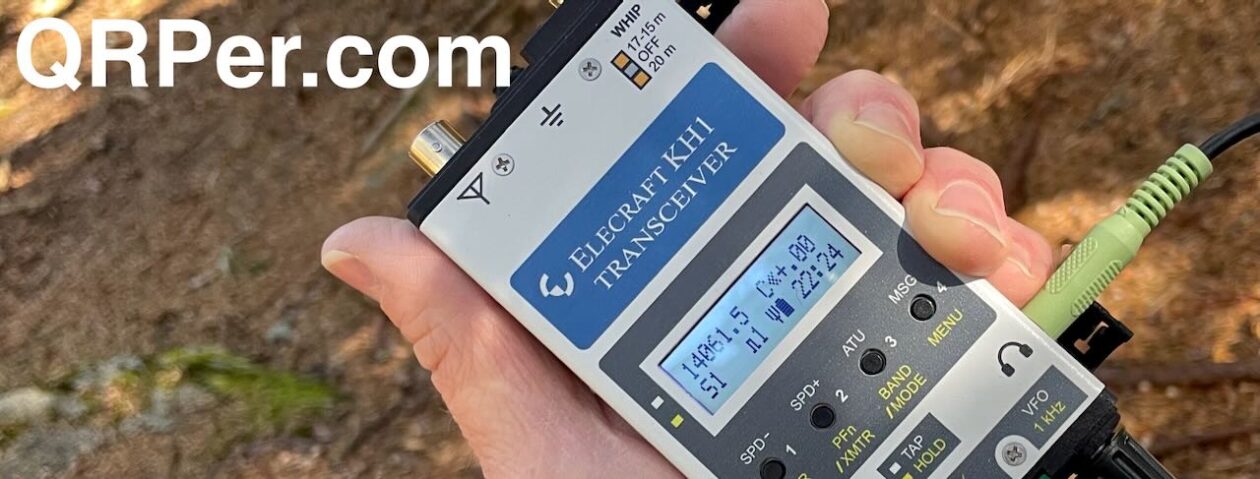 Last month, I recorded another “Hike and Talk” session before a POTA activation at K-4861. If you’re not familiar with my “Hike and Talk” series, these are long-format, unedited videos where I hike (camera in hand) and cover a topic that’s not easy to encompass in an email reply or even blog post.
Last month, I recorded another “Hike and Talk” session before a POTA activation at K-4861. If you’re not familiar with my “Hike and Talk” series, these are long-format, unedited videos where I hike (camera in hand) and cover a topic that’s not easy to encompass in an email reply or even blog post.
This particular topic was even difficult for me to title–!
I receive a lot of questions and feedback from readers about my field deployments and choice of antennas, feedline, power output levels, etc. Most of the time, these are readers who are genuinely curious why I’m not using “best practices” in my POTA/SOTA activations; deploying the highest efficiency antennas, using more counterpoises, running 100 watts, etc. etc.
Truth is? It’s all about context!
My field radio station, for example, isn’t set up to the same standard as my home or QTH station…for good reason, actually! The “best practices” I use at my home station aren’t always the same as the ones I use during a POTA activation.
I hope you enjoy this video and would welcome your constructive comments.
Video










































